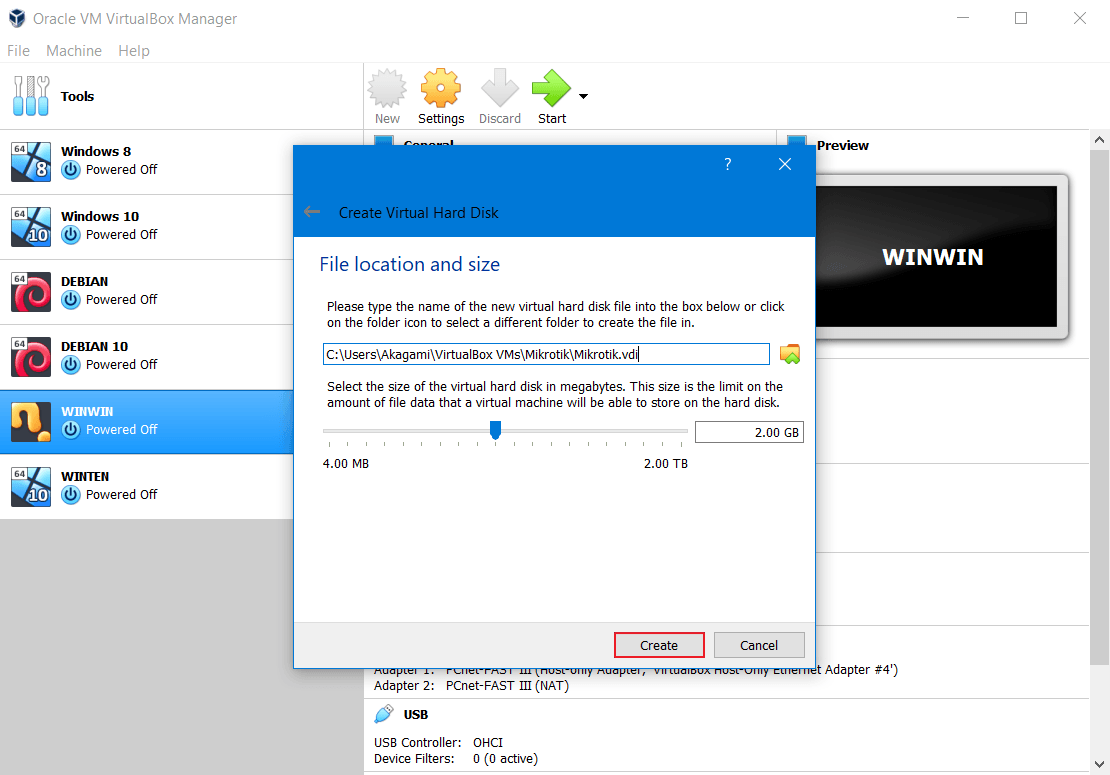

If you are looking for the absolute highest stability, then stay with a physical Mikrotik router.

However an x86 ROS under ESXi performing a bandwidth test UDP to 127.0.0.1 tops out at around 17 gig (on my ESXi system). The performance is much greater on ESXi when compared to something like the RB2011.Įxample: RB2011 Bandwidth test UDP to 127.0.0.1 tops out at around 1.4 gig. You can also simply keep the button pressed until the device shows up in the Netinstall program on Windows.For me, I prefer ROS x86 in a VMware ESXi environment verses a physical Mikrotik router (when used as a router - not a switch or bridging ports). Or keep holding the button for 5 more seconds until LED turns off, then release it to make the RouterBOARD look for Netinstall servers.

Starting the RouterBOARD in Netinstall mode.To connect this device to a wireless network managed by CAPsMAN, keep holding the button for 5 more seconds, LED turns solid, release now to turn on CAPs mode.

Hold this button until LED light starts flashing, release the button to reset RouterOS configuration to default. When you have started the device with the backup loader, you can either set RouterOS to force backup loader in the RouterBOARD settings or have a chance to reinstall the failed RouterBOOT from a ".fwf" file (total 3 seconds) This might be necessary if the device is not operating because of a failed RouterBOOT upgrade. Hold this button before applying power, release after three seconds since powering, to load backup boot loader. RouterBOARD devices are fitted with a reset button which has several functions:


 0 kommentar(er)
0 kommentar(er)
